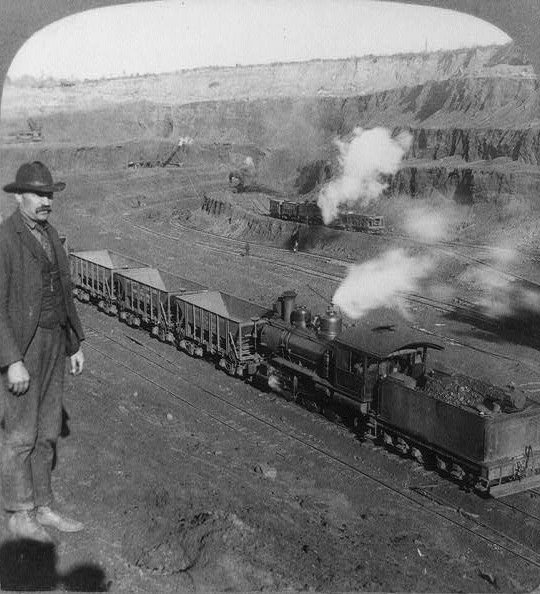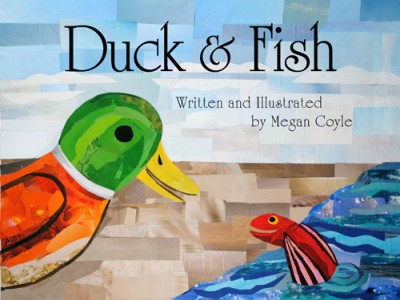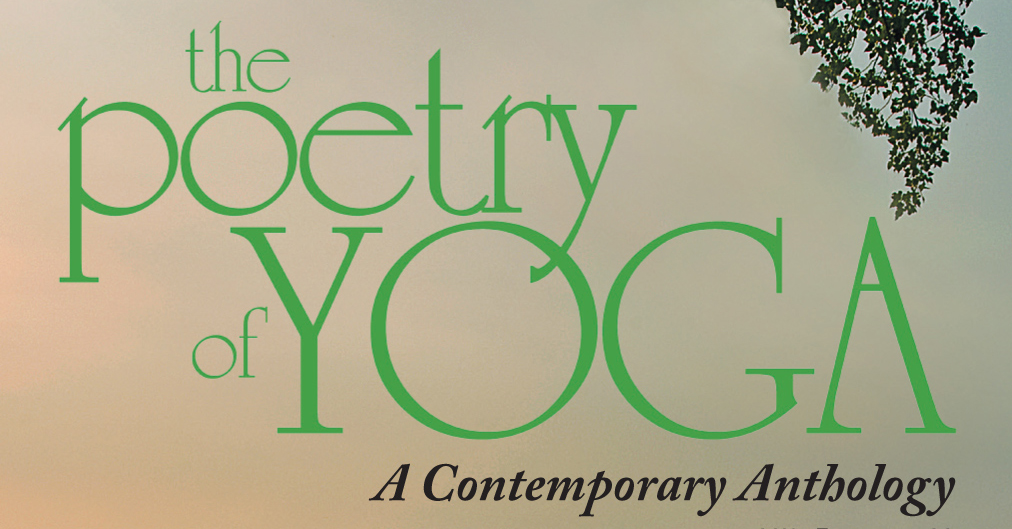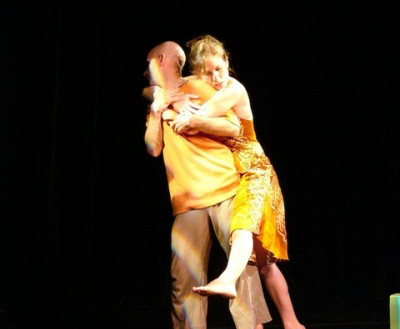. . . as if he were holding the sea in his black hands,
as if, after giving him all that power, she now could give
him pity and consolation . . .
from “The Same Moon Above Us” by Gerald Stern
Lament, lament for Hibbing, for Duluth,
lament for Marquette, for Munising, for the Sault;
Let me lament the raw earth, its skin scraped off;
Lament for the grass pulled up by the roots;
Lament, lament for the pure child, the pure dirt;
Let me lament the sheer rain of words–each pure
note harnessed to the right word;
Let me lament, let me lament, let me lament for the electrician’s
son with the sizzling hair; song searing the mouth, cracking
the lips, lament caught in the throat;
Let me lament the swirl of ash on the tongue, the charred word;
Let me lament the eagle’s beak rotten with poison, lament blowing
through the nose, wind in a ruin:
blistered tear, smooth cheek—let me lament the downy hair on the young neck,
the suspicious eyes, the walking debt;
Let me lament the dumb repetition of hunger, faithful generations
of want;
Lament, lament for the gate open and shut;
Lament, lament for the locked box of luck;
Lament for the money borrowed and stunned;
For the rank cruelty and unintended harm;
For the useless car and the wailing fire truck–
for the phony false alarm—
Lament for the stiff mask strayed from the shelf; and for
the electric son plugged in, playing himself;
For the risky kitchen where you freeze, where you bake–
weep for real pain–the phantom ache–
Lament for the authorities, for the agents, for the brakeman,
for the promoters, lament for the undertaker, the agitators,
commissioners and free-loaders;
Lament for the pillar of salt corroding in the sun, he thought he had
everything, he never looked back–he didn’t know what he’d done;
And for wise incorruptible love–gone like ice–gone like air–lament
for the quivering bridge;
Lament, lament for the angel visions of Johanna–were they hers?
Were they his? Were they mine? Were they yours?
For the harm done unto you, the harm you did;
For the love done wrong, time mislaid, scratched face at the window,
rain tracks on the pane;
Wolf moans at the blue door–jowl sagging, smoldering eye–his one
song, his sole idea of order;
And Woe sing the wholly free, released from the strings of the body;
Let me lament the busted windows of the sea;
And for the ship stalled at the shore, deranged harpoon, impostor
cabin boy, manic crew;
For the delusional captain adrift in the dunes–his fevered
pocket, his drunken shoe–
Fire thirsts, unquenchable, guzzling the parched air,
tomorrow’s long past, the hours rust–
And the little boy lost in the blinding snow, bitter cold–fire,
the fire full of holes;
Lament for the north country, jumping off place, end of the
world, mines closed, the borderlines blur;
For the bootless weatherman, the aimless wind–and for
the ghost of electricity whistling its scorched hymn;
Lament, lament for the ground, insects that play there, delicate
snake in the weeds, the purposeful ants, lizards, turtles,
everything that breathes;
Lament for the National Guard guarding the wrong door, for the
bored slave, escape artist, cold Joker–traitor kiss;
For the homeless, the ruthless, the witless, the clueless,
the deathless, the reckless, the eyeless, the foolish;
Lament for the feckless nickel, the friendless dime;
Let me lament the strangled voice cut off of the vine, lament for
the words that have shriveled and died;
Let me note the little red hen’s lament, and the evil step-sister’s lament,
and the great ape and the little elves dancing their lament;
Lament, lament for this old man, his house full of knick-knacks, his single
thumb, his dog Bingo, his nameless furious wife;
Lament, lament for the mutilated mice, the triumphant cheese, lone-
some cornbread, juicy frog, the innocent knife;
Let me lament, let me lament, let me lament for the hoodlum persuaders
of song–scattered dust–desolate carnival boys, their wild high-
wire rhymes, their sisters’ speechless science;
Lament, lament the low ringing of the law;
Lament for the tambourine giant, the silver saxophones and the flutes;
Lament for Jack-a-Diamonds, for Gypsy Davy, for Mr. Jones “Don’t-
Know-What’s-Happening-Do-You,” for the cocky punks, the plucky
scoundrels, the scorned lovers, the jealous monks;
Lament for the city of truth spoken in song;
Pity the shadow of the laughter of youth–burned–gone–
their god knocked
down–the icon broken–rattlebag of bones and a polka dot rag–already
the prophets mourn–the robin falls mute–and the dove–and the raven–
black fire flailing her unfeathered wings–their illegible scrawl–soft white
underbelly of the brain–tick of the heart hung in its sack, roiling, swollen–
golden bead of sweat;
And the windowsill and the tattered ceiling–
And the cowboy angel astride his cloud-horse, twirling his lariat candle;
And the renegade physicist fiddler, fiddling in anger;
Naked emperor at the edge, howling for his lost dominion, his soldier-
clowns stuck in their coffin phone booth;
And his junkyard bed, its skeleton mattress, his black tooth;
And Maggie’s farm, what she grew there, her lunatic ma, her raging pa,
her cerebral servant, her well-scrubbed floor;
And Rita, and Annie, and Mona, and Louise, all the saints in the penitentiary;
Let me lament for the 18, for the 30, for the 50 years’ wait;
For the price you paid–what you had to say–what you were offered, what
you didn’t get straight;
Let me note every lament, and lament each note:
Let me lament
the choked wind, the dry rain
the shattered hand and the wall
a shell, a shard, salt sand
unmanned man the endless highway’s end
lion’s breath footsteps silent abandoned name
letmelament, letmelament, letmelament
letmelament, letmelament, letmelament
Ah mama, can this really . . .
the golden bead of sweat
letmelament, letmelament, letmelament
The former poet laureate of Takoma Park, MD, Anne Becker is beginning her tenure as poet in residence at Pyramid Atlantic, a print-making and book arts studio and gallery in downtown Silver Spring, MD. She received an MA from the Writing Seminars, Johns Hopkins University, teaches at the Writer’s Center in Bethesda, MD and offers tutorials for poets putting books together. Her books include The Transmutation Notebooks: Poems in the Voices of Charles and Emma Darwin and The Good Body (chapbook). Since 2001 she has led a special poetry workshop, Writing the Body, for those who have experienced life-threatening or chronic illness as patient, caregiver or family member.
Lament for Bob Dylan by Anne Becker (c) Copyright Anne Becker; printed by permission of the author.
![[POEM] Drinking Weather by Gregory Luce [POEM] Drinking Weather by Gregory Luce](https://bourgeononline.com/wp-content/uploads/2012/01/Screen-Shot-2014-01-10-at-9.32.32-PM.png)





